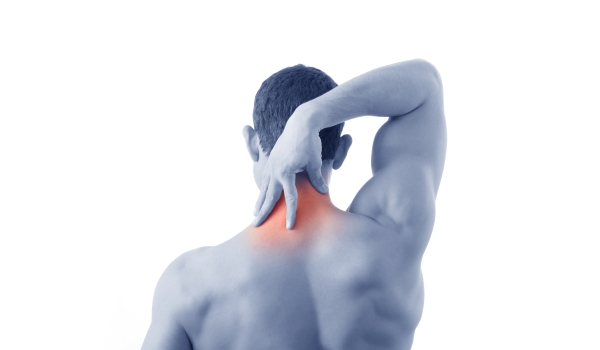Acupuncture May Boost Training Performance and Recovery

The ancient practice of acupuncture may improve power and blood pressure during exercise and during post-exercise recovery, according to a review article published in The Journal of Alternative and Complementary Medicine.
Article authors reviewed literature from four separate studies in which participants received acupuncture either before or after exercise.
Authours Paola Urroz, Ben Colagiuri, Caroline Smith, and Birinder Singh Cheema, University of Western Sydney (Campbelltown), and University of Sydney, Australia, believe that acupuncture may provide a positive effect on exercise and post-exercise recovery. However, they acknowledge that these findings are preliminary. Larger controlled studies and standardized reporting methods are necessary before solid conclusions can be drawn.
Research
One study observed significant improvements in peak power output, rate pressure product, and blood pressure in individuals who had electroacupuncture stimulation compared to a control group.
In a separate study that assessed recovery from aerobic exercise, researchers found significant improvements in blood lactate levels, consumption of oxygen, and heart rate following acupuncture 30 or 60 minutes after exercise completion.
Future research may more fully explore how acupuncture affects exercise performance and post-exercise recovery. If acupuncture is ultimately shown to boost the body's performance during and after exercise, it could have a major impact on the way future athletes approach training.
The ancient practice of acupuncture involves inserting ultra thin needles into specific anatomical points in an effort to improve health and wellbeing.
Origination
Originating in China more than 2,000 years ago, acupuncture is one of the oldest healing practices in the world. Once performed mainly in Asian countries, the use of acupuncture has spread around the world and is used for an increasing number of health conditions. Acupuncture is frequently used to ease nausea, vomiting, and pain, especially in cancer patients.
Researchers theorize that the insertion, and sometimes twisting of needles, alters the way the body releases the chemicals responsible for regulating blood pressure and blood flow, according to the National Center for Complementary and Alternative Medicine.
The Journal of Alternative and Complementary Medicine is peer-reviewed and published by Mary Ann Liebert, Inc. The journal publishes clinical, observational, and scientific reports and commentary for scientist, as well as health care providers, to assist them in research strategies and implementing patient care protocols.
Reference:
- Paola Urroz, Ben Colagiuri, Caroline A. Smith, and Birinder Singh Cheema. The Journal of Alternative and Complementary Medicine. January 2013, 19(1): 9-16. doi:10.1089/acm.2011.0727. Effect of Acute Acupuncture Treatment on Exercise Performance and Postexercise Recovery: A Systematic Review




